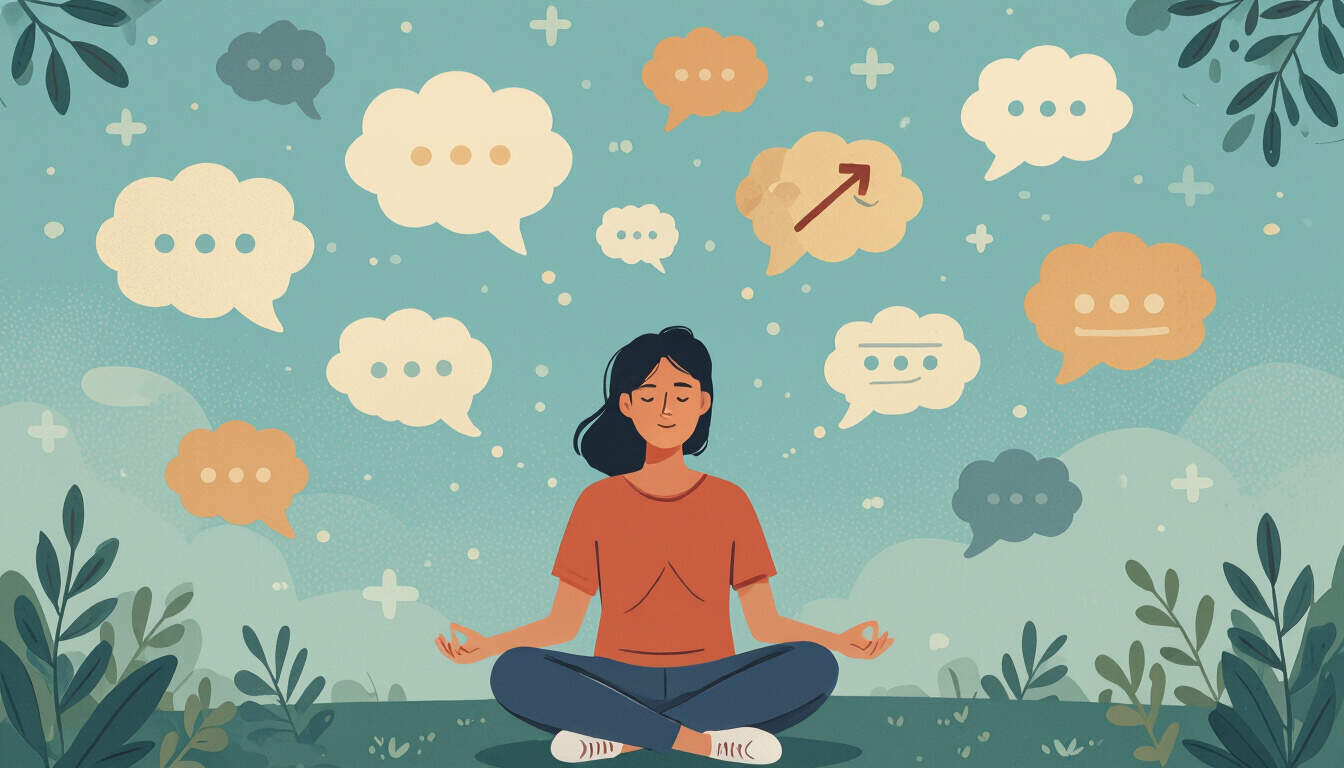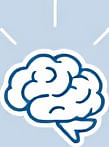Awareness of Cognitive Biases for Reducing Cognitive Load
 by Lilian Nienow
by Lilian Nienow
Discover how recognizing cognitive biases can help ease mental overload in daily routines. This article offers practical strategies for students and professionals to manage cognitive load effectively, leading to improved focus and productivity.

Cognitive load refers to the amount of mental effort used in working memory. It often builds up from daily tasks and decisions. One key factor that adds to this load is cognitive biases. These are systematic patterns of deviation from norm or rationality in judgment.
In everyday life, people face numerous situations where cognitive biases influence choices. For instance, confirmation bias leads individuals to favor information that confirms their existing beliefs. This can overwhelm the mind with unnecessary processing. By becoming aware of such patterns, one can start to reduce this extra strain.
To begin, let's explore common cognitive biases that contribute to mental overload. Availability bias occurs when people overestimate the importance of information that is easy to recall. This might happen during study sessions or work meetings, causing distractions. Recognizing this bias allows for better decision-making without added mental clutter.
Another example is anchoring bias, where an initial piece of information sets a reference point. In professional settings, this can lead to skewed negotiations or planning. Simple awareness helps in adjusting perspectives and freeing up cognitive resources.
Now, consider practical tips to offload cognitive load through bias awareness. First, keep a daily journal to track decisions and potential biases. This practice encourages reflection and helps identify recurring patterns, making it easier to address them early.
Strategies for Students
For students, managing cognitive load during exams or assignments is essential. Start by breaking tasks into smaller parts. This approach counters the planning fallacy, a bias where people underestimate the time needed for tasks. By anticipating this, students can allocate time more effectively and avoid last-minute stress.
Group study sessions can also help. They provide diverse viewpoints, reducing the impact of individual biases like overconfidence. Over time, this fosters a balanced learning environment and lessens mental fatigue.
Tips for Professionals
In the workplace, cognitive load often stems from meetings and emails. To mitigate, prioritize tasks using simple tools like to-do lists. This combats the status quo bias, where individuals stick to familiar methods even when better options exist. Implementing changes based on awareness can streamline workflows.
Additionally, take short breaks to reassess. Stepping away allows for a fresh look at problems, countering sunk cost bias. This is the tendency to continue with a decision because of prior investment. Recognizing it early prevents wasted effort and promotes efficiency.
Building habits around bias awareness extends to personal life as well. For example, when making purchases, question initial impulses. This addresses the endowment effect, where people overvalue what they own. By doing so, decisions become more rational and less burdensome.
Technology offers support too. Apps that prompt reflection or organize information can ease cognitive demands. Use them to log thoughts and review biases periodically, turning awareness into a routine.
Overcoming cognitive load involves consistent effort. Start small by focusing on one bias at a time. As progress builds, the overall mental space clears, leading to better well-being.
In social interactions, biases like attribution error can cause misunderstandings. This is when people attribute others' actions to character rather than circumstances. Awareness here improves relationships and reduces emotional load.
Ultimately, the goal is to create space for creativity and learning. By addressing cognitive biases, individuals can achieve a more balanced state. This not only aids productivity but also enhances overall satisfaction.
Remember, change takes time. Apply these tips gradually and observe the benefits in daily routines.
